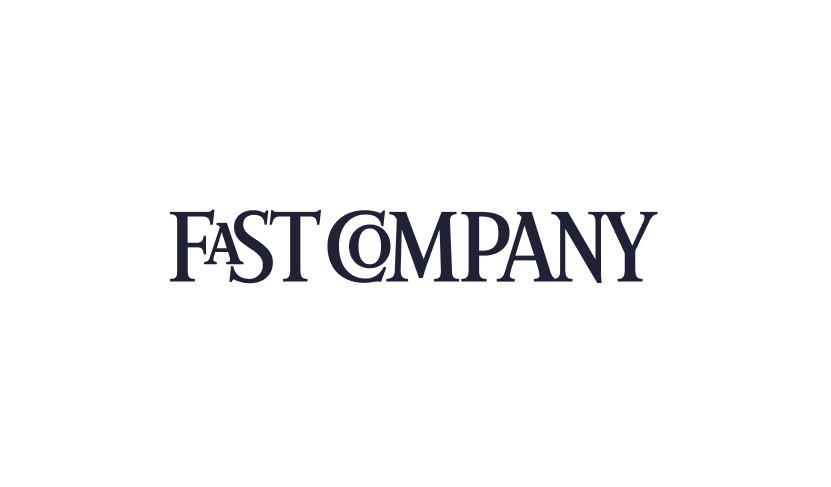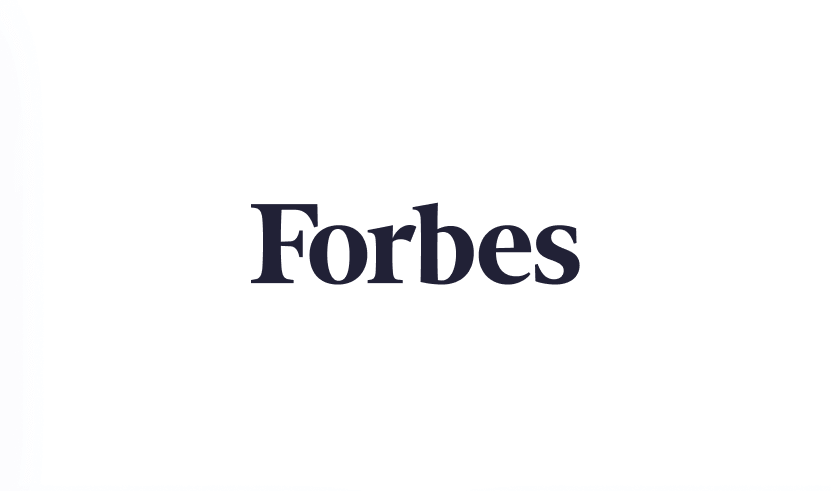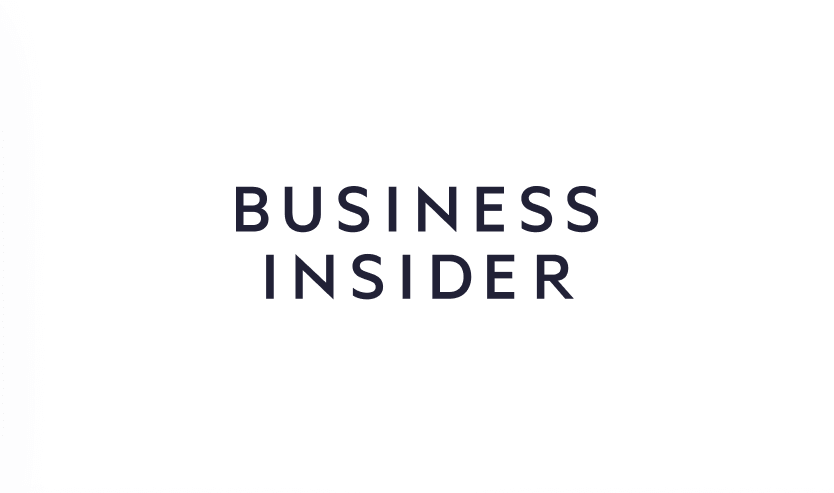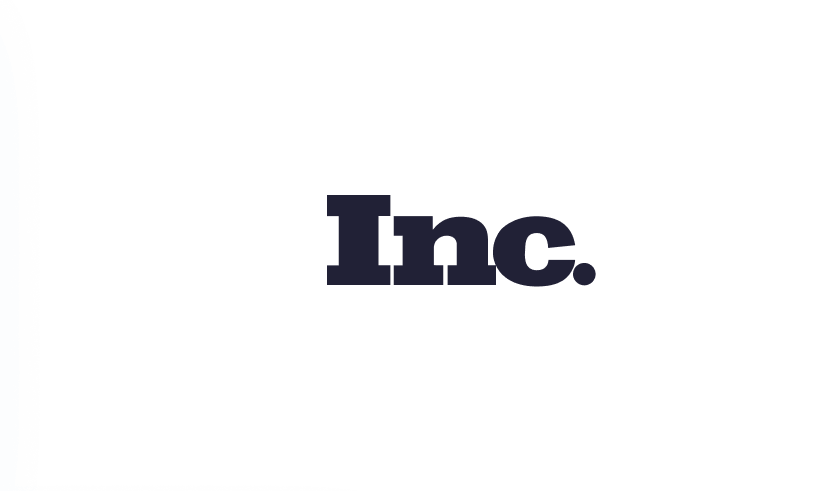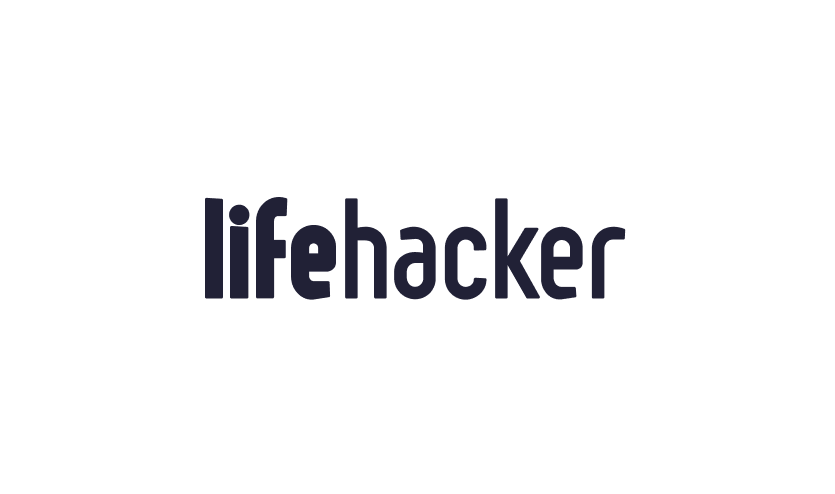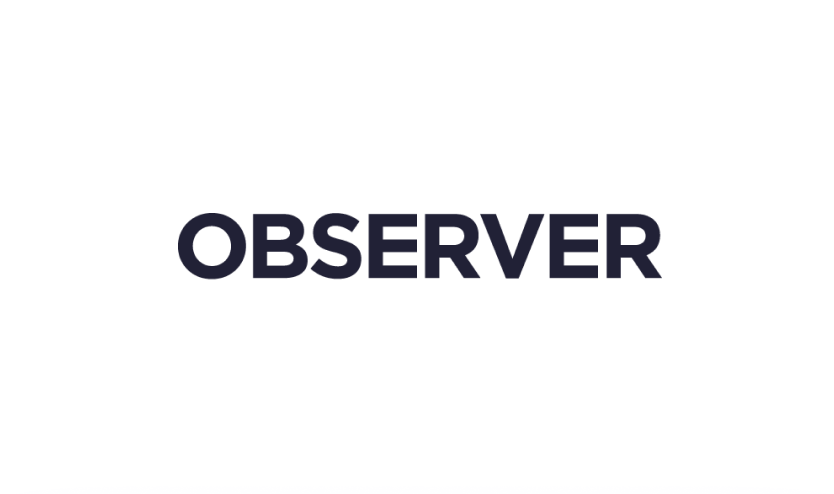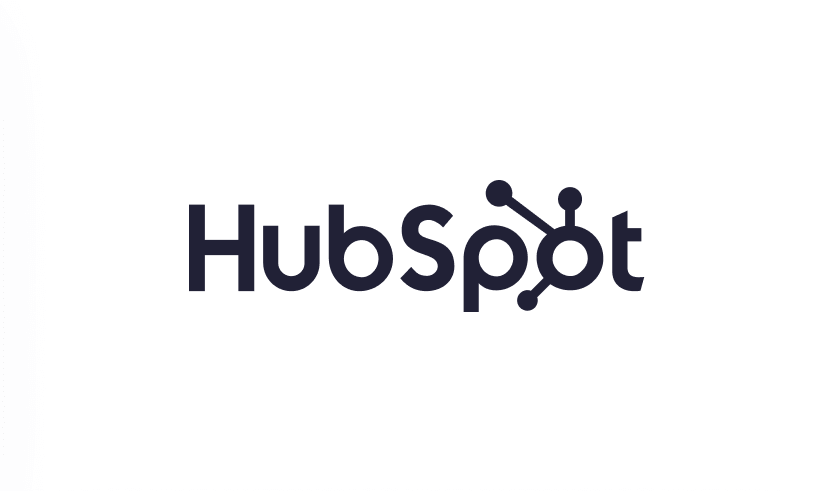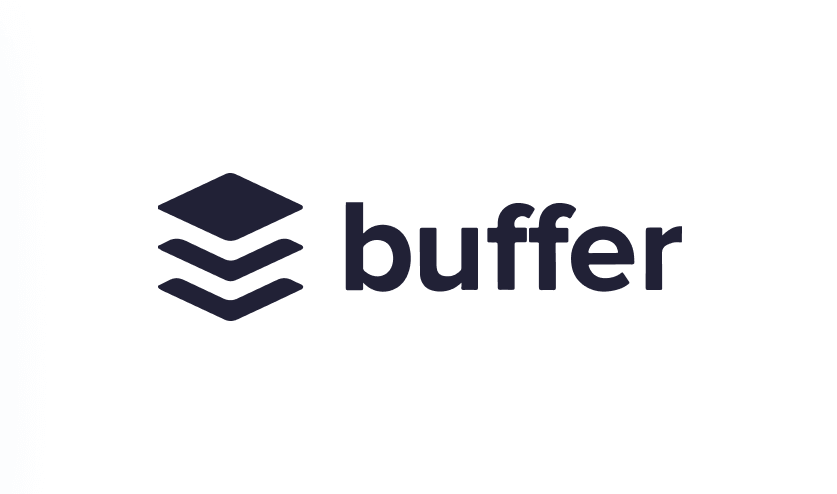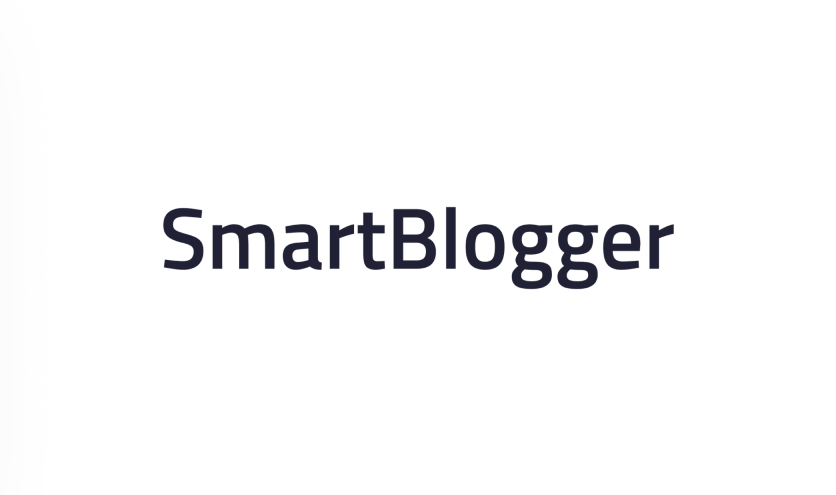8 Customer Retention Email Examples You Should Know
Getting Started
This listicle delivers actionable customer retention email examples to boost your bottom line. We'll dissect high-performing emails, revealing the strategies behind their success and providing templates you can adapt. You'll learn how to craft compelling messages that keep customers engaged and coming back for more. Why is this crucial? Because retaining existing customers is significantly more cost-effective than acquiring new ones.
What You'll Learn
This deep dive into customer retention email examples goes beyond surface-level descriptions. We'll uncover the specific tactics that drive results, focusing on why these emails work. You'll gain insights into:
Strategic Segmentation: Discover how to target the right customers with the right message at the right time.
Compelling Copywriting: Learn the art of writing persuasive email copy that resonates with your audience.
Effective Design: Explore design principles that enhance readability and encourage clicks.
Data-Driven Optimization: Understand how to analyze email performance and make data-backed improvements.
We'll cover a range of customer retention email examples, including win-back campaigns, milestone emails, loyalty programs, personalized recommendations, educational content, feedback requests, VIP treatment, and onboarding series. Get ready to transform your email marketing and maximize customer lifetime value.
1. Win-Back Campaign Emails
Win-back email campaigns are strategically designed to re-engage inactive or lapsed customers. They work by offering incentives, reminding customers of past positive experiences, or introducing new features and products. These campaigns specifically target customers who haven't purchased or interacted with your brand for a defined period. This makes them a crucial element of any customer retention email examples list.
Examples of Successful Win-Back Campaigns
Spotify: Their "Come back to your music" campaign uses personalized playlists to entice inactive users. This leverages the emotional connection users have with their music library, making the return seamless and appealing.
Amazon: "We miss you" emails recommend products based on browsing history. This personalized approach reminds customers of their interests and the convenience Amazon offers.
Netflix: "Your list is waiting" emails highlight unwatched content. This creates a sense of FOMO (Fear of Missing Out) and reminds users of the value their subscription provides.
Actionable Tips for Your Win-Back Emails
Segmentation is Key: Segment inactive customers by recency and purchase history to tailor the message. A customer who purchased frequently versus one who only bought once requires different messaging.
Test and Optimize: A/B test subject lines and offer types to see what resonates best with your audience. Experiment with different incentives, such as free shipping or a percentage discount.
Progressive Discounts: Start with a small discount and gradually increase it if there's no response. This creates a sense of urgency and encourages faster action.
Social Proof and Reviews: Include positive reviews and testimonials to build trust and showcase the value of your products or services.
Automation: Set up automated email sequences rather than relying on one-off emails. This ensures consistent communication and maximizes your chances of re-engagement.
When and Why to Use Win-Back Emails
Win-back emails are essential for any business with a customer database. They are particularly effective when:
Customer inactivity exceeds a certain threshold. This threshold varies by industry and purchase cycle but is usually defined as a period without any purchases or engagement.
You want to reactivate lapsed customers and boost revenue. Recapturing lost customers is often more cost-effective than acquiring new ones.
You have valuable data on customer preferences and behavior. This data allows you to personalize the win-back message and increase its effectiveness.
Implementing effective win-back email campaigns is a powerful strategy within customer retention email examples. By strategically targeting inactive customers, you can recover lost revenue and strengthen customer relationships, ultimately driving business growth. Platforms like HubSpot, Mailchimp, and Klaviyo, along with major e-commerce platforms like Shopify, have popularized these techniques, making them accessible to businesses of all sizes.
2. Milestone and Anniversary Emails
Milestone and anniversary emails are a powerful way to celebrate key moments in the customer lifecycle. These personalized messages acknowledge important dates like birthdays, account anniversaries, or achievement milestones within a service or product. By recognizing these special occasions, businesses strengthen customer relationships and foster a sense of loyalty. This type of email is a prime example of effective customer retention email examples.
Examples of Successful Milestone and Anniversary Campaigns
Starbucks: Their birthday rewards program offers a free drink or treat, enticing customers to visit on their special day. This simple gesture creates a positive association with the brand.
Dropbox: "You've been with us for X years" emails showcase the customer's journey, including storage statistics and key milestones. This personalized approach reinforces the value of their subscription.
Duolingo: Celebratory emails mark streak achievements with virtual badges and encouraging messages. This gamified approach motivates users to continue learning and engaging with the app.
Sephora: Beauty Insider anniversary emails offer exclusive discounts and early access to sales. This makes customers feel valued and rewarded for their loyalty.
Actionable Tips for Your Milestone Emails
Data Collection: Capture birthday and signup dates early in the customer relationship. This information is crucial for personalizing anniversary emails.
Visual Appeal: Design visually engaging emails with celebratory elements. This enhances the overall customer experience.
Personalization: Incorporate personalized statistics or journey highlights. This makes the message more relevant and engaging.
Meaningful Rewards: Offer rewards that align with customer preferences. A discount, free item, or exclusive content can be highly effective.
Timely Delivery: Send emails on or slightly before the actual date. This ensures the message arrives during the celebratory period.
When and Why to Use Milestone and Anniversary Emails
Anniversary emails are valuable for any business seeking to cultivate customer loyalty. They are especially effective when:
Marking customer anniversaries (signup date, first purchase, etc.). This acknowledges the customer's commitment to your brand.
Celebrating customer birthdays or other personal milestones. This adds a personal touch and strengthens the customer relationship.
Recognizing achievements within a loyalty program or subscription service. This reinforces positive behavior and encourages continued engagement.
Implementing milestone emails is a highly effective tactic within customer retention email examples. Learn more about Milestone and Anniversary Emails. By recognizing and celebrating important customer milestones, you can strengthen customer loyalty and drive long-term business growth. This personalized approach is a key differentiator in today's competitive market.
3. Loyalty Program Emails
Loyalty program emails are the backbone of customer retention for many businesses. They nurture ongoing engagement with reward programs, keeping customers informed about their points, tier status, exclusive benefits, and redemption opportunities. These emails aim to incentivize repeat purchases and foster a sense of community among loyal customers, making them a crucial part of customer retention email examples.
Examples of Successful Loyalty Program Emails
Sephora's Beauty Insider: Sephora excels at tiered loyalty communication. Their emails highlight points balances, exclusive product access, and personalized recommendations based on purchase history. This makes members feel valued and encourages higher spending to reach the next tier.
Delta SkyMiles: Delta uses email to keep members informed about their mileage balance, tier status, and upcoming bonus opportunities. They effectively showcase the perks of each tier, motivating members to maintain their status and fly more frequently.
Starbucks Rewards: Starbucks sends emails highlighting star balances, bonus star challenges, and personalized offers. These emails create a sense of gamification, prompting customers to make more purchases to earn rewards and unlock exclusive perks.
Actionable Tips for Your Loyalty Program Emails
Regular Updates: Send consistent updates, but avoid overwhelming customers. Find the right balance between keeping them informed and respecting their inbox.
Progress Tracking: Visualize progress toward the next reward or tier level. This motivates customers to continue engaging with your program.
Limited-Time Bonuses: Create a sense of urgency by offering limited-time bonus point opportunities. This encourages immediate action and increased spending.
Tiered Segmentation: Segment emails based on loyalty tier and engagement level. Tailor the messaging and offers to resonate with each segment's needs and motivations.
Easy Redemption: Ensure the reward redemption process is simple and clear. Remove any friction that could discourage customers from using their earned rewards.
When and Why to Use Loyalty Program Emails
Loyalty program emails are essential for businesses that operate a customer loyalty program. They are particularly effective when:
You want to drive repeat purchases and increase customer lifetime value. Loyalty programs incentivize repeat business and foster stronger customer relationships.
You have a tiered program structure. Email is crucial for communicating tier benefits and motivating customers to progress to higher tiers.
You offer exclusive rewards and benefits. Emails effectively showcase these perks and encourage program engagement.
Implementing a robust email strategy for your loyalty program is a cornerstone of effective customer retention. By regularly communicating with members, highlighting their progress, and offering valuable incentives, you can build a loyal customer base that drives sustained business growth. Companies like Sephora, Delta, and Starbucks demonstrate how impactful these customer retention email examples can be.
4. Personalized Product Recommendation Emails
Personalized product recommendation emails leverage data to suggest products or services tailored to individual customer preferences. These emails analyze purchase history, browsing behavior, stated preferences, and even demographic information to present relevant items, increasing the likelihood of additional purchases. This data-driven approach makes them a highly effective customer retention strategy and a valuable addition to any list of customer retention email examples.
Examples of Successful Personalized Recommendations
Amazon: Their "Customers who bought this also bought" feature is a classic example of collaborative filtering, suggesting products based on the purchase patterns of similar customers. This leverages the wisdom of the crowd to introduce relevant items.
Netflix: Personalized content recommendations based on viewing history drive engagement and keep users subscribed. By analyzing what a user has watched, Netflix can accurately predict and suggest other shows and movies they might enjoy.
Spotify: The "Discover Weekly" playlist uses a combination of collaborative and content-based filtering to introduce users to new music they’re likely to enjoy. This personalized discovery fuels engagement and strengthens user loyalty.
Actionable Tips for Your Recommendation Emails
Leverage Algorithms: Utilize collaborative filtering (based on similar user behavior) and content-based filtering (based on item characteristics) to generate recommendations.
Social Proof: Include star ratings and customer reviews to build trust and encourage purchases. Positive social proof validates the recommendation and reduces purchase hesitation.
Curated Selection: Limit recommendations to 3-5 items to prevent overwhelm. A concise selection is easier to digest and encourages quicker decision-making.
Test and Refine: Experiment with different recommendation strategies and algorithms to determine what resonates best with your audience. A/B testing can help optimize click-through and conversion rates.
Transparency: Briefly explain why specific items were recommended. This adds a layer of personalization and strengthens the customer's connection with the brand.
When and Why to Use Personalized Recommendations
Personalized product recommendation emails are highly effective when:
You have sufficient data on customer behavior and preferences. This data is the foundation for accurate and relevant recommendations.
You want to increase cross-selling and upselling opportunities. Recommendations can introduce customers to complementary products or higher-value alternatives.
You aim to enhance customer experience and build loyalty. Personalized recommendations demonstrate that you understand your customers' needs and interests.
Personalized product recommendations represent a sophisticated approach to customer retention. By leveraging data and intelligent algorithms, you can provide a tailored shopping experience that increases customer lifetime value and fosters stronger customer relationships. E-commerce platforms like Shopify and dedicated email marketing services such as Klaviyo, Mailchimp, and Omnisend offer robust tools for implementing personalized product recommendation emails, making this powerful strategy accessible to businesses of all sizes. These tools often integrate seamlessly with existing customer relationship management (CRM) systems, further enhancing the ability to deliver truly targeted and effective email campaigns.
5. Educational Content and Value-Add Emails
Educational content and value-add emails focus on providing non-promotional information that benefits the customer. These emails deliver valuable tips, tutorials, or insights related to customer interests or past purchases. Instead of pushing a hard sell, they aim to build trust and position your brand as a helpful resource. This approach nurtures long-term customer relationships and increases retention. This strategy rightfully earns its place among effective customer retention email examples.
Examples of Successful Value-Add Emails
Home Depot: Their DIY project guides and tutorials offer practical advice for home improvement projects. This caters to their customer base's interests and encourages repeat purchases for supplies.
Sephora: Beauty tips and makeup tutorials provide personalized recommendations and valuable information. This reinforces their position as a beauty authority and drives engagement with their products.
Mint: Financial planning advice and budgeting tips offer valuable insights to help customers manage their finances. This builds trust and positions Mint as a trusted financial partner.
Canva: Design tips and creative inspiration emails provide valuable resources for users to improve their design skills. This increases user engagement and promotes the versatility of their platform.
Actionable Tips for Your Value-Add Emails
Align Content with Customer Interests: Segment your audience based on purchase history and browsing behavior. This ensures content relevance and maximizes engagement.
Actionable Advice: Offer practical tips and step-by-step instructions. This empowers customers to take action and perceive real value from your emails.
Engaging Visuals: Use high-quality images, videos, and infographics. Visual content enhances engagement and makes information easier to digest.
Natural Product Integration: Subtly link to relevant products within the content. This provides a natural pathway to purchase without feeling forced.
Consistent Publishing: Maintain a regular email schedule to build anticipation and establish a reliable source of valuable information.
When and Why to Use Value-Add Emails
Value-add emails are a crucial component of a long-term customer retention strategy. They are particularly effective when:
Building brand loyalty and trust. Providing valuable information positions you as an expert and strengthens customer relationships.
Educating customers about your products and services. This helps customers get the most out of their purchases and encourages repeat business.
Establishing a consistent communication channel. Regular valuable content keeps your brand top-of-mind and strengthens customer engagement.
Implementing educational content and value-add emails is a powerful customer retention tactic. By providing genuine value and helpful information, you nurture customer relationships and foster long-term loyalty, which directly contributes to sustained business growth. Platforms like HubSpot, Mailchimp, and others have made these strategies easily accessible for businesses of all sizes looking to improve their customer retention email examples.
6. Feedback and Survey Request Emails
Feedback and survey request emails actively seek customer input through surveys, reviews, or feedback forms. These emails demonstrate that the brand values customer opinions and uses their responses to improve products and services. This active solicitation of feedback keeps customers engaged and provides invaluable insights for business growth. This makes them a key component of any effective customer retention email examples list.
Examples of Successful Feedback Requests
Uber: Post-ride rating and feedback emails are seamlessly integrated into the user experience. This immediacy captures valuable feedback while the experience is fresh in the customer's mind.
Airbnb: Post-stay experience surveys provide crucial data for both hosts and the platform. This two-sided approach ensures quality control and enhances the user experience for both parties.
Zappos: Post-purchase feedback requests demonstrate a commitment to customer satisfaction. This proactive approach helps identify potential issues and reinforces the brand's dedication to service.
Actionable Tips for Your Feedback Emails
Keep it Short: Limit surveys to five questions or less to maximize completion rates. Shorter surveys respect the customer's time and encourage participation.
Offer Incentives: A small discount or entry into a contest can motivate customers to provide feedback. Incentives demonstrate appreciation for their time and input.
Time it Right: Send surveys shortly after an interaction while the experience is still fresh. This ensures more accurate and relevant feedback.
Mixed Question Types: Use a combination of quantitative (ratings) and qualitative (open-ended) questions for comprehensive insights. This provides both measurable data and valuable contextual information.
Follow Up: Always acknowledge and address feedback received, demonstrating that their input is valued. Following up closes the loop and builds trust. Learn more about Feedback and Survey Request Emails.
When and Why to Use Feedback Emails
Feedback emails are essential for any business that prioritizes customer satisfaction and continuous improvement. They are particularly effective when:
Launching a new product or service. Early feedback helps identify areas for improvement and refine the offering.
Following a customer interaction. This captures immediate feedback on the customer experience.
Measuring customer satisfaction. Regular surveys help track customer sentiment and identify trends.
Implementing feedback and survey request emails is a powerful strategy within customer retention email examples. By actively seeking customer input, you gain valuable insights, improve your offerings, and demonstrate a commitment to customer satisfaction. This fosters loyalty and drives long-term business growth. The widespread adoption of the Net Promoter Score (NPS) methodology, alongside customer satisfaction platforms and e-commerce platforms, has made these techniques accessible to businesses of all sizes.
7. Exclusive Access and VIP Treatment Emails
Exclusive access and VIP treatment emails cultivate customer loyalty by offering select customers privileged perks. These premium emails provide early access to sales, new product launches, exclusive events, or special discounts, fostering a sense of exclusivity and appreciation that encourages continued engagement. This targeted approach strengthens customer relationships and drives repeat purchases, making it a valuable addition to any customer retention email examples list.
Examples of Successful VIP Treatment
Nike: Offers exclusive sneaker releases and early access to coveted collaborations to members of their NikePlus program. This strategy generates hype and rewards loyal customers.
Saks Fifth Avenue: Sends private sale previews to their top-tier customers, allowing them to shop coveted items before the general public. This reinforces their VIP status and drives immediate sales.
Tesla: Grants early access to new model previews and test drives to existing Tesla owners, building excitement and brand loyalty within their customer base.
American Express: Provides exclusive event invitations, such as concert pre-sales and fine dining experiences, to cardholders, enhancing the perceived value of their membership.
Actionable Tips for Your VIP Emails
Clearly Define VIP Criteria: Transparency builds trust. Communicate the requirements for achieving VIP status, such as spending thresholds or engagement levels.
Rotate Exclusive Offers: Keep the program fresh and exciting by regularly introducing new perks and benefits. This prevents the program from becoming stale.
Multiple Benefit Types: Cater to diverse preferences by offering various exclusive benefits, including discounts, early access, free gifts, and exclusive experiences.
Track and Measure Effectiveness: Monitor key metrics such as redemption rates, repeat purchase rates, and customer lifetime value to assess the program's ROI.
Tiered Exclusivity: Consider creating multiple VIP tiers with escalating benefits to reward increasing levels of loyalty and spending.
When and Why to Use VIP Emails
VIP emails are highly effective for businesses looking to cultivate a loyal customer base and increase customer lifetime value. They are particularly beneficial when:
You want to reward your most valuable customers. This strengthens their connection to your brand and encourages repeat business.
You're launching a new product or collection. Offering early access to VIPs generates buzz and drives initial sales.
You're hosting exclusive events or experiences. This creates a sense of community and strengthens customer relationships.
You want to increase customer lifetime value. VIP programs incentivize higher spending and longer-term loyalty.
Implementing a VIP email strategy is a powerful way to nurture customer relationships and drive business growth. By making customers feel valued and appreciated, you can foster lasting loyalty and maximize their lifetime value. This personalized approach, popularized by luxury brands and premium service providers, is now increasingly accessible to businesses of all sizes through email marketing platforms.
8. Onboarding and Welcome Series Emails
Onboarding and welcome series emails are automated sequences designed to guide new customers through their initial experience with your brand, product, or service. These emails work by providing valuable information, setting expectations, and encouraging engagement from the very beginning. This proactive approach helps reduce churn, increase customer lifetime value, and foster long-term satisfaction, making these emails a crucial part of any customer retention email examples list.
The infographic below visualizes a three-step onboarding email flow, starting with a welcome email, followed by a getting started guide, and concluding with a key features tutorial. This phased approach allows for a digestible introduction to the product or service, maximizing user engagement and retention.
Examples of Successful Onboarding Campaigns
Slack: Uses a series of emails to help teams set up their workspace, introduce key features, and encourage collaboration. This ensures users understand the platform's value and integrate it into their workflow.
Dropbox: Provides tutorials on file organization, sharing, and collaboration features. This empowers new users to utilize the platform effectively and experience its core benefits.
Duolingo: Encourages users to set language learning goals and provides motivational emails to keep them engaged. This personalized approach fosters a sense of accomplishment and encourages continued use.
Actionable Tips for Your Onboarding Emails
Spread the Love: Distribute emails over 7-14 days to avoid overwhelming new subscribers. Focus on one key action or concept per email for optimal clarity.
Progress Tracking: Include progress indicators and milestones to keep users motivated and engaged. This provides a sense of accomplishment and encourages continued interaction.
Personalized Touch: Tailor the onboarding experience based on customer type or use case. Segmentation allows for more relevant messaging and improved user experience.
Testing 1, 2, 3: Experiment with different sequences and timing to optimize your onboarding process. A/B testing helps determine the most effective approach for your audience.
When and Why to Use Onboarding Emails
Onboarding emails are essential for any business acquiring new customers. They are particularly effective when:
Introducing a new product or service. This helps users understand the value proposition and encourages adoption.
Reducing customer churn and improving retention. A well-structured onboarding process reduces the likelihood of early cancellation.
Increasing customer lifetime value. Engaged users are more likely to become loyal customers and advocates for your brand.
Implementing effective onboarding emails is a powerful customer retention strategy. Learn more about... By guiding new customers toward success, you can cultivate strong relationships and drive sustainable business growth. Popular SaaS platforms like Slack, Dropbox, and Zoom have demonstrated the effectiveness of these strategies, solidifying their importance in modern email marketing.
8 Types of Customer Retention Emails Compared
Final Thoughts
This comprehensive guide has explored a range of customer retention email examples, spanning from win-back campaigns and milestone celebrations to personalized product recommendations and exclusive VIP offers. We've dissected the strategies behind high-performing emails, highlighting the importance of segmentation, personalization, and providing genuine value to your subscribers. By understanding the "why" behind successful campaigns, you can adapt these tactics to your own brand and audience.
Key Takeaways for Effective Customer Retention Emails
Let's recap the most crucial elements for crafting impactful customer retention emails:
Segmentation is Key: Don't treat all your customers the same. Tailor your messaging based on their behavior, purchase history, and engagement levels.
Personalization Beyond the Name: Go beyond simply inserting their name. Use data to personalize offers, recommendations, and content to resonate with individual needs.
Value-Driven Content: Provide genuine value beyond promotional offers. Educational content, exclusive tips, and early access can foster long-term loyalty.
Clear Call to Action: Guide your subscribers towards the desired action with clear and compelling calls to action. Make it easy for them to engage.
Testing and Optimization: Continuously analyze your email performance metrics and make adjustments. A/B test subject lines, content, and send times to optimize for maximum impact.
The Power of Retention in a Competitive Landscape
Mastering customer retention through email is no longer a luxury, but a necessity. In today's competitive market, acquiring new customers is significantly more expensive than retaining existing ones. By nurturing your existing customer base, you can:
Increase Customer Lifetime Value: Encourage repeat purchases and build stronger relationships, leading to higher customer lifetime value.
Boost Revenue and Profitability: Loyal customers are more likely to spend more and contribute to a steady stream of revenue.
Build Brand Advocacy: Satisfied customers become brand advocates, spreading positive word-of-mouth and driving organic growth.
Reduce Customer Churn: Proactive retention strategies minimize customer churn and protect your bottom line.
Putting it All Together
Implementing these customer retention email examples and strategies can transform your email marketing efforts. By shifting from a purely transactional approach to a relationship-focused one, you can cultivate a loyal customer base that drives sustainable growth for your business. Remember, your subscribers are more than just names on a list - they are individuals who have chosen to connect with your brand. Nurture those connections through valuable, personalized, and engaging email communication, and you'll reap the rewards of long-term customer loyalty.
Want to elevate your email marketing game and implement these retention strategies seamlessly? Check out Chase Dimond's expert resources and services designed to help you create high-converting email campaigns that drive customer loyalty and boost revenue.
Visit Chase Dimond to learn more about how he can help you master the art of customer retention email marketing.





